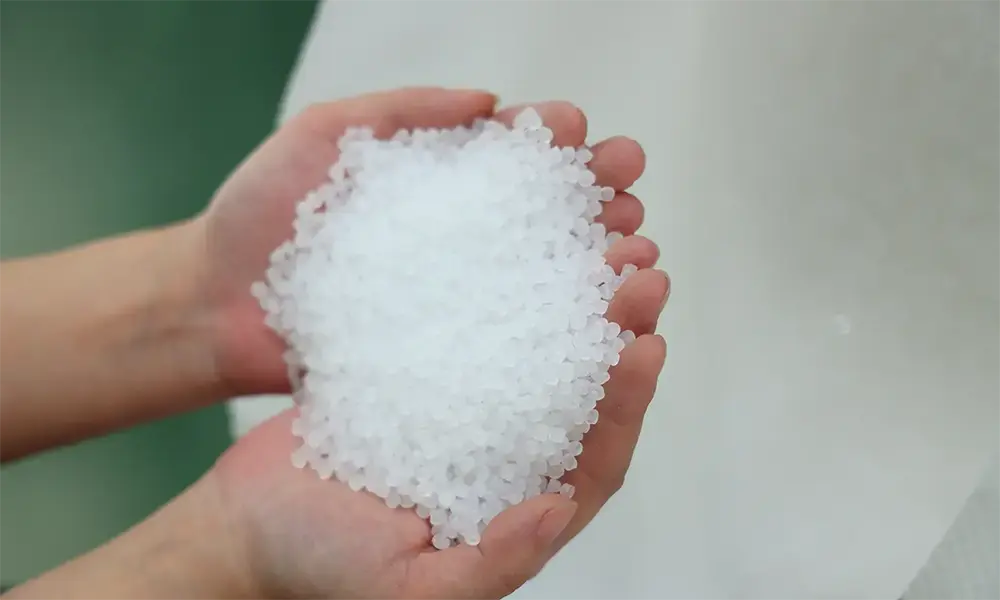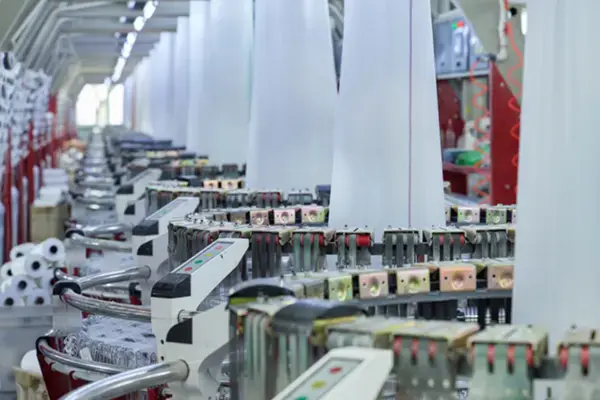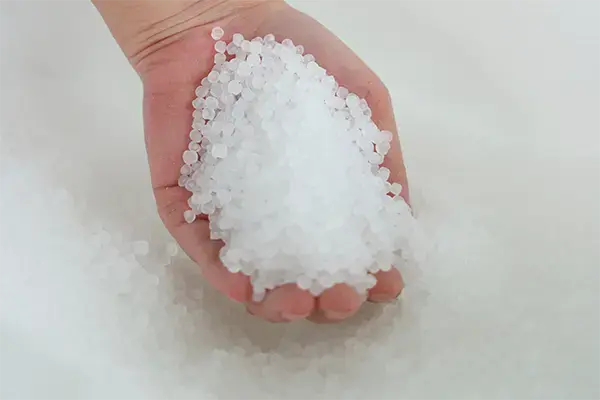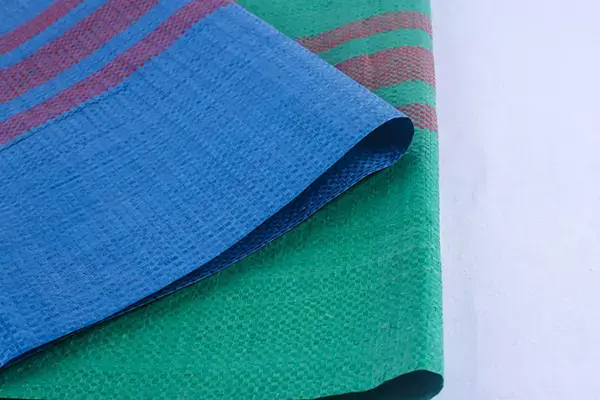2 Recycling methods
It mainly has two methods: melt agglomeration and extrusion pelletizing, most of which use the extrusion pelletizing method. The process of both methods is as follows.
2.1 Melt agglomeration method
Waste material - selection and washing - drying - cutting strips - high speed pelletizing (feeding - heat shrinkage - water spray - pelletizing) Discharge packaging.
2.2 Extrusion pelletizing method
Waste material - selection of material - washing - drying - cutting - heating extrusion - cooling and cutting - packaging.
The equipment used in the extrusion method is a self-made two-stage extruder, in order to exclude the gas generated in the extrusion of waste materials, also available exhaust extruder. To exclude debris in the waste, 80-120 mesh screens must be used at the discharge end of the extruder.
3 The use of recycled materials and the impact on the performance of pp bags due to thermal aging of plastic processing has a considerable impact on performance, especially the recycling of "" bags after two or even more thermal processes, coupled with recycling before the use of ultraviolet aging, performance are significantly reduced.
4 The use of recycled material on the adjustment of the drawing process due to pp plastic many times thermal processing and thermal aging and long-term use of ultraviolet radiation aging, resulting in pp recycled material melt index with the increasing number of processing and rise. Therefore, after a large amount of recycled material has been added to the new material, the extruder temperature, head temperature and stretching temperature should be adjusted downwards in comparison to the new material, and the adjustment should be determined by testing the melt index of the old and new mixed materials.
On the other hand, as the recycled material has been processed several times, the molecular weight is reduced and there are a large number of short molecular chains present, and it has been stretched and oriented several times. Therefore, in the production process, the stretching multiplier should also be adjusted downwards compared to the same brand new material. Generally, the stretching factor is 4 - 5 times for new material and 3 - 4 times for recycled material with the addition of 40%. Also due to the increase in melt index of recycled material, the viscosity is reduced, the extrusion rate is increased, so in the same screw speed and temperature conditions, the traction speed of the wire drawing should be slightly accelerated. In the mixing of new and old raw materials, it is worth noting that the mixture should be homogeneous; at the same time, raw materials with similar melt indices should be selected as far as possible to match. The difference in melt index is large, and the difference in melt temperature is large. In plasticising extrusion, the two raw materials cannot be plasticised at the same time, which will seriously affect the speed of extrusion and stretching, resulting in high scrap rate or even inability to produce.










